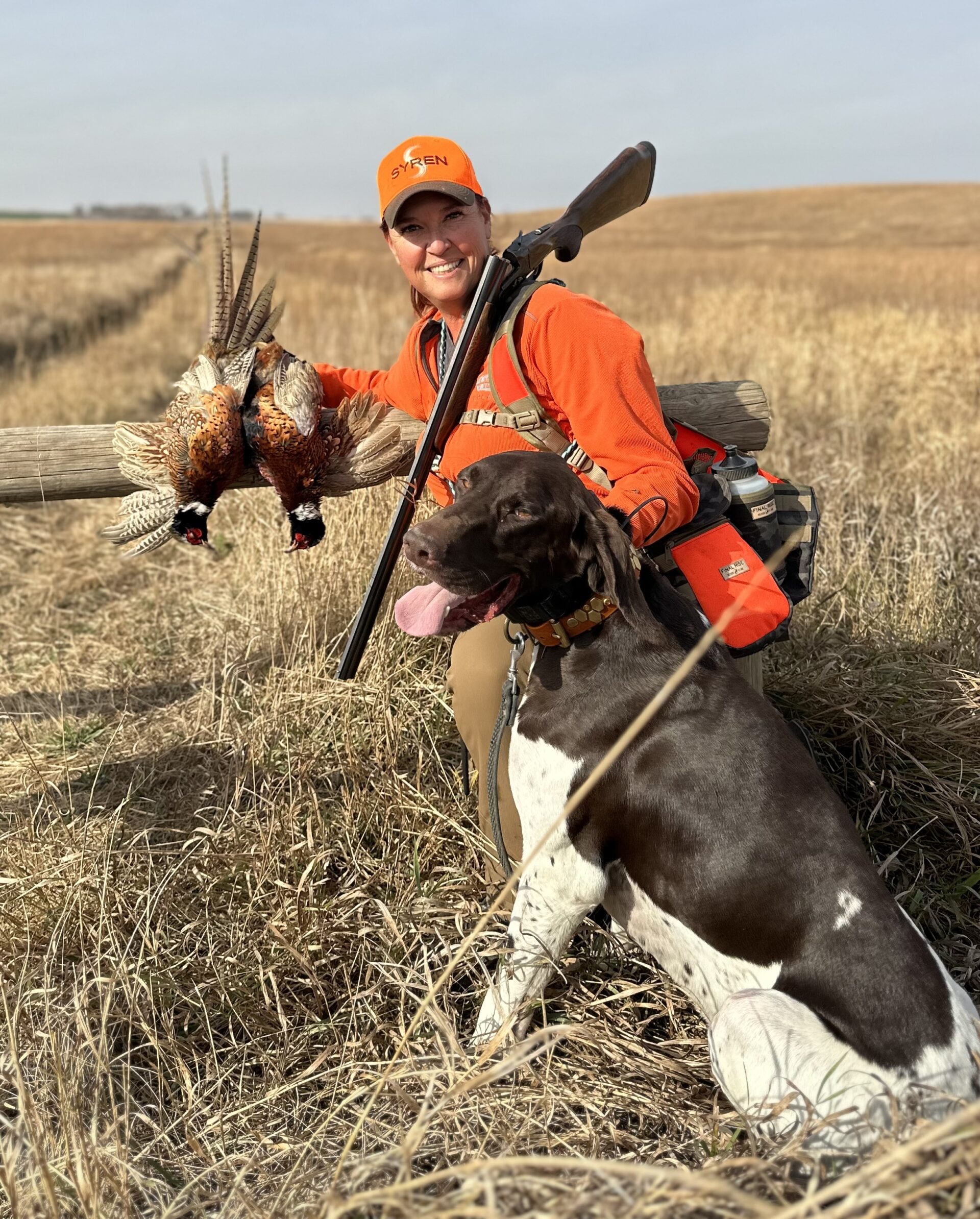The hunt season is in full swing for both preserves and wild spaces. This is the time of year that my phone gets seriously busy with texts, emails and calls about how a hunter can make the next outing better than the last one. The answer to their questions is always the same – look.
This is a very visual sport and the ability to correctly read a target, clay or feathered, is paramount to one’s success. Swing through is one of my favorite ways to chase feathers since you don’t ever know exactly where the bird is flying. This method allows the hunter to insert behind a bird and swing through to the front to pull the trigger. It usually eliminates the need to see lead as the gun barrel is traveling faster since it started behind the intended target.
This month, we look at how you can add more birds to the bag through better barrel management in the hunt field.
Safety is always the main concern and goal which is why many hunters will walk in for a flush with a muzzle way above their heads. The problem is that at the flush, the muzzle is in chaos as it is wildly swung to the shoulder. This causes the muzzle to dip down as the hunter tries to plant the stock securely into the pocket creating a dangerous situation for the dog on the ground.
The other problem is that your eyes are in your head, and it is far more important to get the gun into your cheek first and shoulder second.
Carrying the muzzle down may give a sense of safety, but it’s definitely a false sense. With dogs running underfoot, thick brush in the field and the fact you laser everything in mounting it goes without saying that this is not the way to carry your shotgun, ever.
Keep the muzzle in your line of sight as you make your way up to the flush. This allows the gun to stay in a safe attitude and ensures the dog’s safety. It also allows your eyes to start tracking the target off the muzzle making it far easier to insert behind the bird, pulling through to the front and enjoying success at the trigger pull.
Too many times, I see a hunter frantically scrambling to get their head into the stock. This race to get into the gun causes the hunter to try and poke out in front of the target, hoping the spacing is correct but it usually never works out.
Allowing the muzzle to smoothly and effortlessly insert onto the flight line keeps the anxiety at bay. The shooter can cleanly see their target and their brain is quieter since they are actively tracking with the bird instead of making micro adjustments. The cleaner the insertion onto the bird and the swing, the more likely the shooter is going to make the connection and drop the target.
Be sure to keep your stance slightly forward, breaking at the hip to allow for full rotation with the bird. Stretching out your stance too far will shorten your abdominal muscles and cause you to hip lock and drop your shoulder.
Whether you’re enjoying time in an upland hunt at your favorite preserve or tucked in a pit blind waiting for excitement of decoying ducks, share the time safely with a friend or family and help them keep their muzzles managed for greater success.
Kate Ahnstrom, owner of Virginia Shooting Sports is a certified, professional instructor of the Paragon School of Sporting, pro staff Syren/Caesar Guerini, Artemis ambassador for Virginia and field staff member of the Sisterhood of the Outdoors. Her tireless dedication to her students’ success is obvious in each and every lesson.



